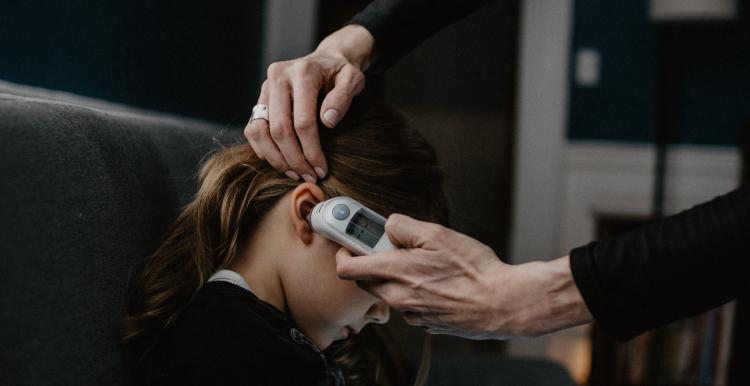Group A Strep - What you need to know

The most serious infections come from invasive group A strep – when the bacteria gets into parts of the body where it is not normally found, such as the lungs or bloodstream.
In very rare cases, this more serious infection can be fatal. While this is extremely uncommon, there has been an increase in cases this year (particularly in children under 10) and sadly, a small number of deaths.
What should parents and carers look out for?
It’s always concerning when a child is unwell. Group A strep infections can cause symptoms such as sore throat, fever, chills, muscle aches and skin infections like impetigo.
As a parent, if you feel that your child seems seriously unwell, you should trust your own judgement.
Contact NHS 111 or your GP if:
- your child is getting worse
- your child is feeding or eating much less than normal
- your child has had a dry nappy for 12 hours or more or shows other signs of dehydration
- your baby is under 3 months and has a temperature of 38C, or is older than 3 months and has a temperature of 39C or higher
- your baby feels hotter than usual when you touch their back or chest, or feels sweaty
- your child is very tired or irritable
Call 999 or go to A&E if:
- your child is having difficulty breathing – you may notice grunting noises or their tummy sucking under their ribs
- there are pauses when your child breathes
- your child’s skin tongue or lips are blue
- your child is floppy and will not wake up or stay awake
What is Scarlet Fever?
Scarlet fever is an illness caused by group A strep. It mainly affects children and causes a distinctive pink-red rash. It’s important to be aware of the signs and symptoms of scarlet fever so that early treatment with antibiotics can be given to avoid complications.
- Scarlet fever usually follows a sore throat or a skin infection.
- Initial symptoms can include a sore throat, headache and a high temperature, flushed cheeks and a swollen tongue.
- A day or two later the characteristic pinkish rash appears. It usually occurs on the chest and stomach before spreading to other areas of the body, such as the ears and neck. The rash feels like sandpaper to touch and may be itchy. On darker skin the rash may be more difficult to see, although its rough texture will still feel like sandpaper.
What about other infections?
Group A strep can cause a wide range of common infections such as tonsillitis, pharyngitis and cellulitis. These can be unpleasant, but rarely become serious. When treated with antibiotics, an unwell person with a mild illness like tonsillitis will stop being contagious around 24 hours after starting medication.
What is invasive group A strep?
Invasive group A strep is rare, but the most serious and severe type of infection. This is when the bacteria has infected the blood, deep muscle, fat tissue or lungs.
Warning signs of invasive disease include:
- fever (a high temperature above 38C)
- severe muscle aches
Urgent, early medical help is essential. Anyone with high fever, severe muscle aches, pain in one area of the body and unexplained vomiting or diarrhoea should call NHS 111 and seek medical help.
How can we stop the spread?
Bacteria can be spread by close contact with an infected person, through coughs and sneezes, or from a wound.
Good hand and respiratory hygiene are important for stopping the spread of many bugs. By teaching your child how to wash their hands properly with soap and warm water for 20 seconds, using a tissue to catch coughs and sneezes and keeping away from others when feeling unwell, they will be able to reduce the risk of picking up or spreading infections.


